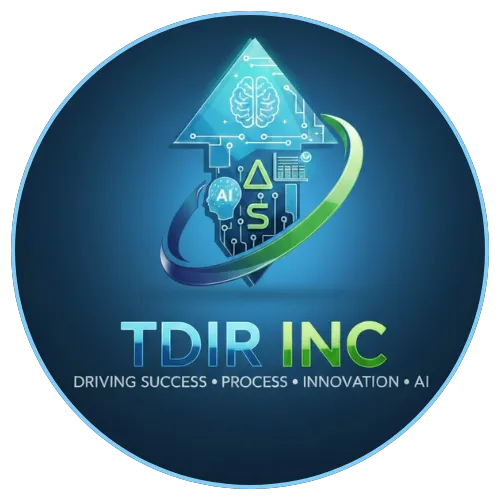
Bridging the Gap: Traditional PM Meets Agile
Best practices for integrating agile methodologies with traditional project management in hybrid environments.

As organizations evolve to meet the demands of a fast-changing world, many find themselves caught between two project management worlds—traditional (waterfall) and agile. Each approach offers unique strengths: traditional project management provides structure and predictability, while agile delivers flexibility and speed. The challenge lies in bridging the gap between these two methods to create a hybrid model that drives efficiency without sacrificing control.
The Rise of Hybrid Project Management
In today’s complex business landscape, few projects fit neatly into a single methodology. Government agencies, construction firms, and tech organizations alike are adopting hybrid frameworks that blend the best of both worlds.
For example, a program might use traditional tools for long-term planning and budgeting while incorporating agile sprints for iterative development or rapid delivery.
This balanced approach allows teams to remain responsive to change while maintaining the discipline needed for governance, compliance, and stakeholder confidence.
The Strengths of Each Approach
Traditional Project Management (Waterfall) excels in projects where scope, requirements, and outcomes are clearly defined. It ensures accountability through detailed documentation, phase gates, and risk management protocols.
Agile Methodologies, on the other hand, thrive in environments where flexibility and collaboration are key. Agile focuses on iterative progress, continuous feedback, and delivering value quickly through smaller, manageable increments.
By combining these strengths, hybrid project management enables organizations to plan strategically while executing tactically.
Best Practices for Integration
1. Define Governance Early
Establish clear boundaries on what remains traditional (e.g., budgeting, compliance reporting) and what can follow agile processes (e.g., product design, testing). This avoids confusion and ensures alignment.
2. Adopt a Common Language
Traditional and agile teams often use different terminology. Creating a shared vocabulary—covering timelines, deliverables, and success metrics—prevents miscommunication and fosters collaboration.
3. Empower Cross-Functional Teams
Hybrid models succeed when teams understand both methodologies. Training project managers in agile principles and agile leaders in risk management strengthens mutual understanding.
4. Leverage Technology for Transparency
Tools like Jira, MS Project, or Asana can bridge communication gaps by providing unified dashboards that track progress, resources, and deliverables in real time.
5. Iterate and Improve Continuously
A hybrid approach isn’t static. Regularly review processes, gather feedback, and refine workflows to ensure the integration continues to serve both the team and the organization’s goals.
Measuring Success in Hybrid Environments
The effectiveness of hybrid project management should be evaluated on both traditional KPIs—like cost, schedule, and scope—and agile indicators such as velocity, team satisfaction, and customer feedback. This dual perspective ensures a complete picture of project health and success.
The Future of Project Management
As industries continue to digitalize, the future belongs to adaptive frameworks that combine the structure of traditional project management with the agility of modern methods.
Organizations that master this balance gain a competitive advantage—achieving predictable delivery with the flexibility to innovate and adapt.
In the end, bridging the gap isn’t about choosing one method over the other—it’s about creating harmony between discipline and adaptability.
Quick Links
Home
Services
About Us
Resources
Contact
Services
Program Management
Project Management
Six Sigma
AI Consulting
Data Analytics
Training
